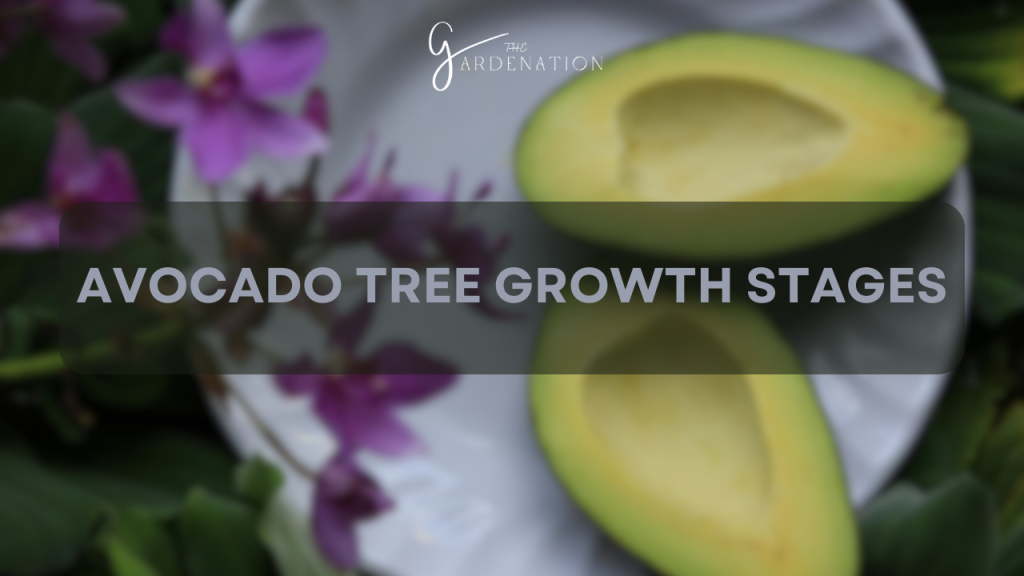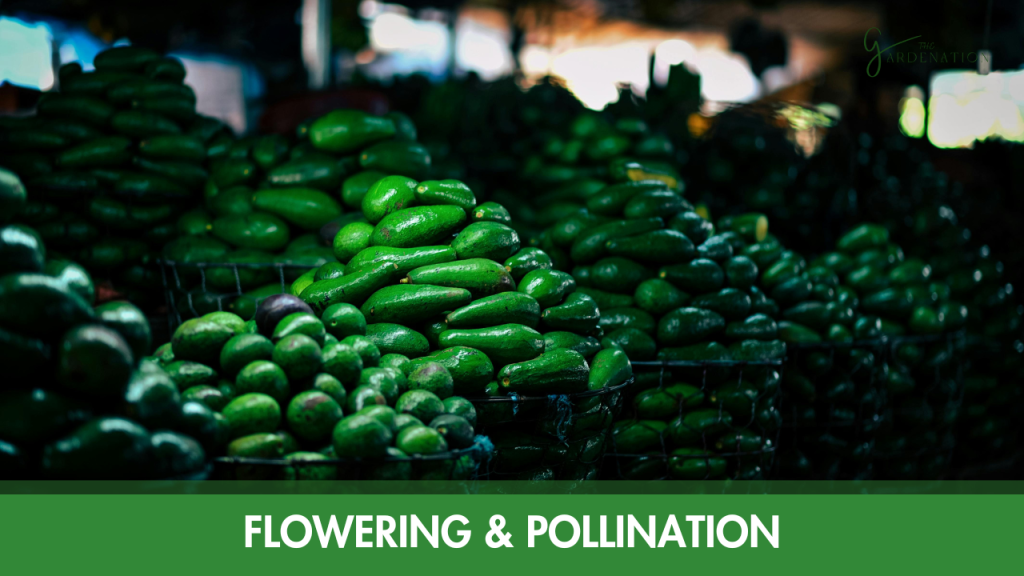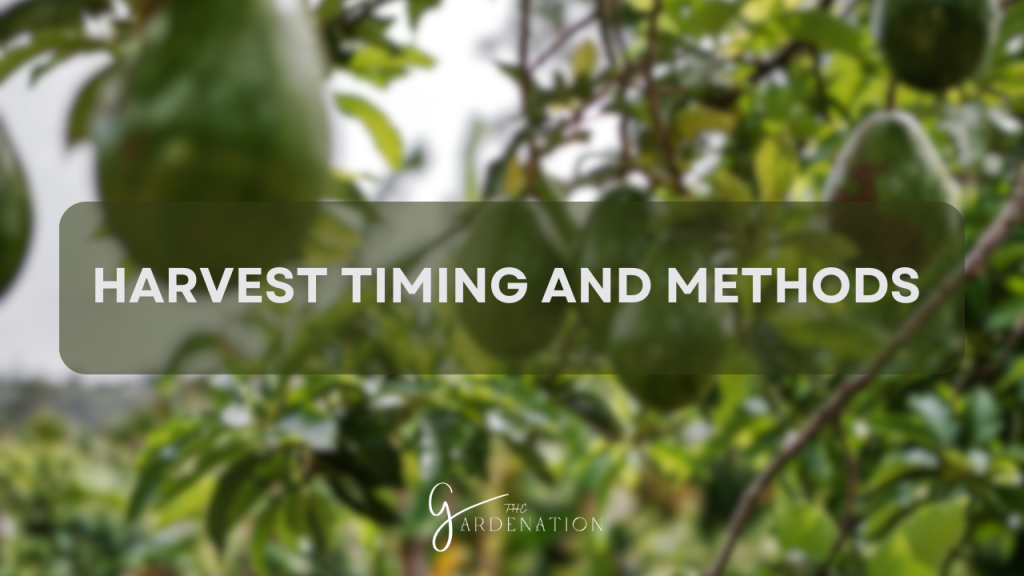Avocado Growth Stages
Among all fruit trees grown across subtropical and Mediterranean climates worldwide, avocado trees hold special mystique for their nutritious yield supporting entire culinary cultures after millennia of cultivation.
Yet the rapid acceleration of global avocado popularity recently also threatens wild ecosystems where they originate. This paradox necessitates better public understanding of avocado growth stages to spread more sustainable practices mitigating such damage increasingly linked to commercial farming and resource use.
I will survey key background context on conditions allowing avocado trees to thrive before exploring milestones across their life cycle from seed to fruit harvest. The journey reveals slow developmental patterns reliant on specific environmental triggers that cultivated trees release from through careful assisted propagation and management.
Along the way, growth habits and timeline insights that empower me in suitable climates to support my own small-scale groves successfully through every seasonal transition.
For more information about Gardening you can visit: Mastering Laurel Shrubs
Conditions for Growing Avocado Trees
Native to south-central Mexico, avocados thrive in warm temperate conditions similar to their forest origins. Most cultivated varieties flourish across USDA Hardiness Zones 9-11 with minimum winter temperatures above 20° F. Trees grown in zones 8b-9a require special cold-tolerant cultivars and frost protection to survive.
Avocados demand consistent warmth and sunny conditions with at least 6 hours of direct sunlight daily for flowering and fruit production. Well-draining, gravelly loam soil prevents root rot while enhancing the large anchoring taproot and shallow fine feeder roots trees develop.
I use strategic irrigating through summer coupled with monthly fertilization during spring growth optimizes growth and yield over time.
Avocado Tree Growth Stages

While wild avocado trees live between 60-80 years on average, I try shifting cultivation strategies for maximizing fruit output often replace orchard plantings more frequently.
Grown from seeds, rootstocks grafted with productive scion wood bear harvestable yields between 4-12 years depending on variety. Successfully fruiting trees produce abundantly for decades with proper care.
Germination

Given specific warmth and humidity conditions, avocado seeds sprout readily in 4-12 weeks. I try handling the specialized seeds correctly which allows me to replicate this in home garden. By retaining moisture yet draining excess water and providing consistent 80°F temperature, I mimic tropical rainy spring conditions triggering growth processes from dormant embryos into active seedlings.
Many avocado cultivars demonstrate a cloning phenomenon called polyembryony where single mature seeds yield multiple identical seedlings. I utilize this biological mechanism for efficient grafting rootstock.
Seedling Stage
Successfully cracked avocado pits send a rapidly developing white primary root downward while the emerging stem lifts embryonic leaves called cotyledons toward sunlight to power initial growth through photosynthesis. As lower leaves drop away, successive sets of true jagged, olive-green leaves unfold, signaling the transition into adulthood over 2-4 years.
Meticulous care shielding vulnerable young trees from temperature swings, moisture stress and pests establishes healthy branches and canopy to support flowers and fruits later on. Mastering early propagation challenges allows me to achieve remarkably fast growth rates averaging 6-10 feet tall yearly into maturity.
Flowering & Pollination

Mature avocado trees produce clusters of small yellow-green flowers on branched panicle structures from late winter through early spring. I classify varieties are by bloom timing into Type A or Type B categories needing cross-pollination between overlapping groups. Hand-assisted pollen transfer improves harvests in my home groves lacking pollinator biodiversity.
Monitoring irrigation, selective pruning and pest management during flowering optimizes successful pollination and subsequent fruit set. Ensuring overlap between group A and B trees increases productivity. Supplementing external genetic input also produces more tree vigor and yield resilience.
Fruit Growth

Following spring flowers, nascent avocados develop over 6-9 months into fall. The fleshy green fruits grow either individually or in clustered bundles, gradually enlarging into tear-drop, oval or round shapes depending on cultivated varieties ranging widely in size and color at maturity. Tracking seasonal growth after the tiny pea-sized flowers fade away predicts ripening projections.
Harvest Timing and Methods

Judging avocado ripeness requires patience – fruits only detach from trees when fully mature. Indicators include external color change from green to dark purple or black alongside softening flesh. Carefully harvesting without wounding branches I ensure fruit quality while allowing trees to recuperate before the next flowering cycle initiates.
Storing harvested avocados at room temperature allows them to fully ripen naturally over 4-5 days into ideal eating texture versus refrigeration which degrades cell walls. Selecting fruits spanning multiple stages gives eating opportunities for days as texture adjusts from firm to creamy soft. Now I properly enjoy cultivation rewards!
Companion Planting with Avocados
While avocado trees serve as beautiful landscape specimens individually, thoughtfully selected planting partners enhances both growth and yields through symbiotic relationships improving soil nutrition and pollination reliability. Options like macadamia, banana, basil, lemon and artichokes help occupy diverse planting niches efficiently.
Interplanting clover covers between wider orchard rows fixes nitrogen from air into soil, reducing fertilizer needs dramatically. Such partnerships elicit renewal awe in nature’s providence through applied understanding.
Frequently Asked Questions
Why does my tree grow beautifully but never fruits?
Avocados lack self-compatible flowers – they require nearby partners from opposing A/B groups to set fruits. If lone specimens still struggle despite introduced pollination partners, insufficient sunlight exposure compromising flowering is the next likely culprit.
How long exactly until my small potted avocado tree bears harvestable fruits?
Grafted dwarf patio trees fruit within 2-3 years with ideal care, light and warmth. Potted growers face additional challenges for flowering success but proper variety selection from reputable nurseries sets realistic expectations from the start.
Why don’t my homegrown avocados ever taste as rich as store-bought ones?
Maximizing oils and sugars within cultivated fruits relies on optimizing environmental factors over an entire growing season consistently. Amending soil, strategic irrigation, ample sunlight and ideal harvest timing impact flavor outcomes substantially from year to year.
Conclusion
I have aimed to unveil key mysteries around the languid trajectory of avocado tree development in home orchard settings. Mastering the milestones and seasonal trigger factors allowing flowering success unlocks transforming tiny dried pits into abundant emerald canopies.
Fluent in this life cycle language after learning how avocado genetics, climate and caregiving intersect, a deep sense of awe and responsibility as custodian stewarding this ancient inheritance settles. Soon the orchestral anthem of buzzing pollinators mingles with birdsong amid fragrant spring panicles anticipating a bounteous autumn feast heralding our collective hopes fulfilled.


2 Comments